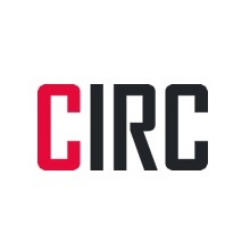


















In his seminal Techniques of the Observer (1990), Jonathan Crary argues hat a history of vision or perception “depends on far more than an account of shifts in representational practices […]. Vision and its effects are always inseparable from the possibilities of an observing subject who is both the historical product and the site of certain practic-es, techniques, institutions, and procedures of subjectification”. Crary identifies a rupture in the scopic regime between geometric and physiological models of vision that took place in the 1810s and 1820s. This paper argues that the adoption of a methodological approach which focuses on the materiality of visual technologies reveals that in the early modern period (i.e., prior to the early nineteenth century) observation depended upon bodily engagement rather than a strict division between the subject and the object. The keyword of such an approach is mobility which plays out on three levels: 1) the mobility and animation of images; 2) the mobile materiality of instruments, and 3) mobility in terms of the portability of visual technologies across different sites and continents.